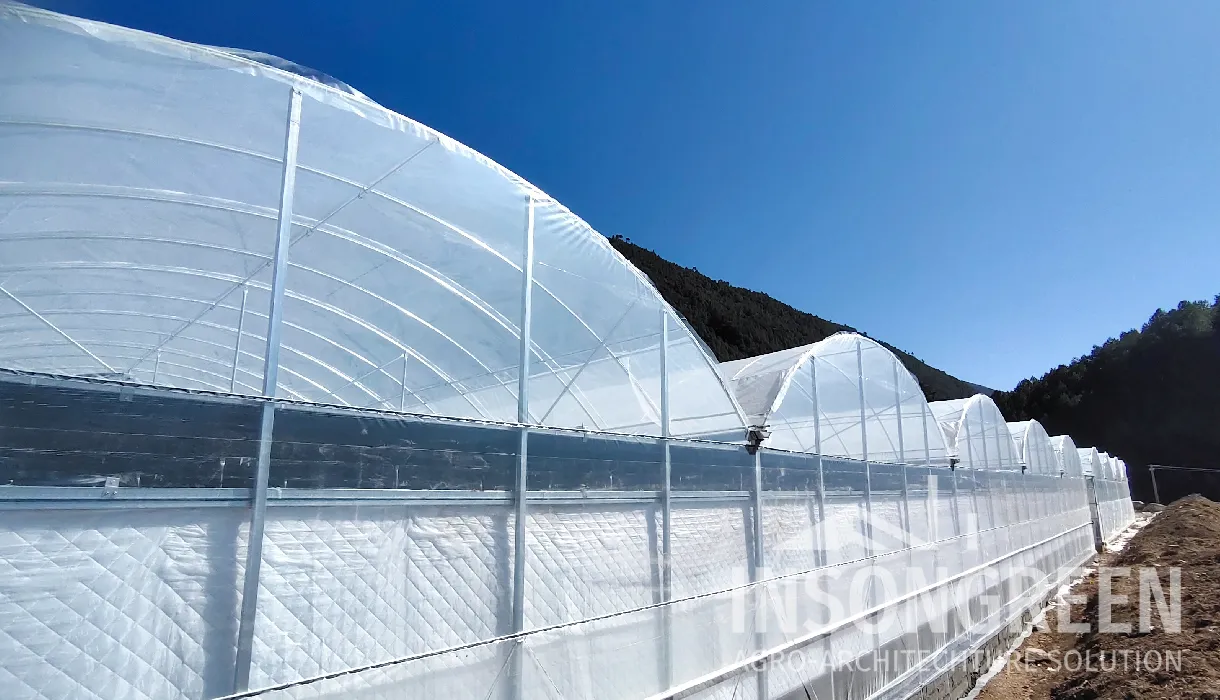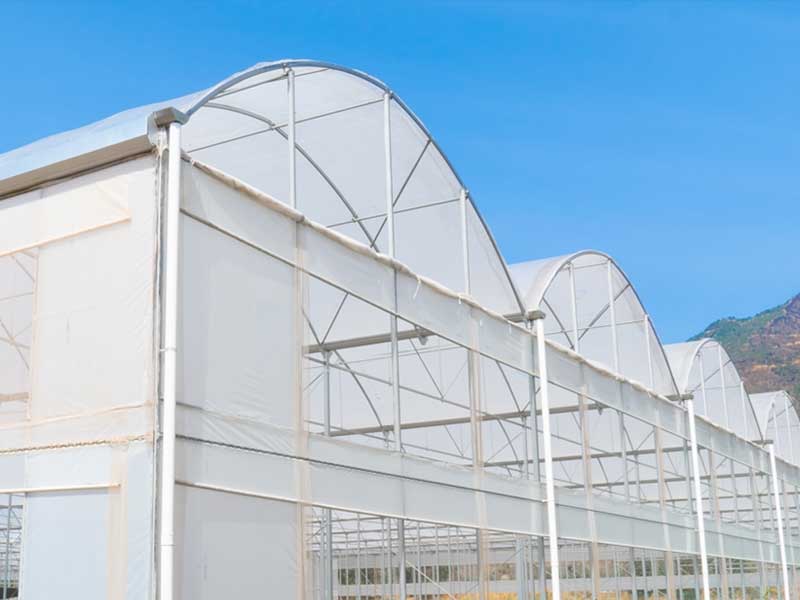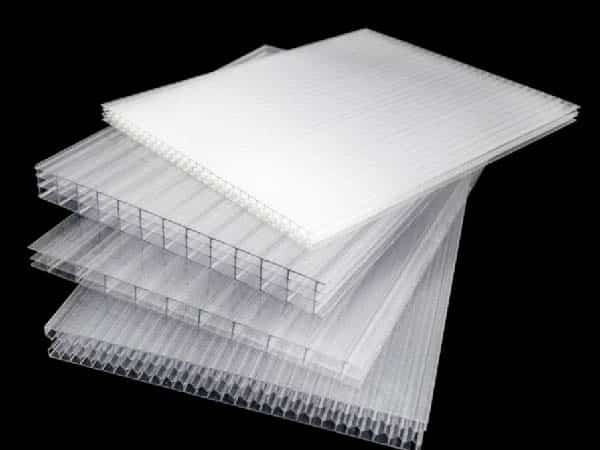
A multi-span greenhouse is a popular type of greenhouse that is composed of several connected sections or bays. Compared to a single-span greenhouse, a multi-span greenhouse has a larger overall growing area, providing more opportunities for crop production, and making it an attractive option for planting growers.
Read More: 18 Different Types Of Commercial Greenhouses
In this article, we will explore what a multi-span greenhouse is, its benefits, and what you need to consider before building one.
What is a Multi-Span Greenhouse? The Advantages?
A multi-span greenhouse consists of several connected bays or sections, typically made of steel or aluminum, with arched roofs and straight sidewalls. Each bay is usually 4-6 meters wide, and the length can be customized to fit the grower’s needs.

One of the main advantages of a multi-span greenhouse is the ability to achieve a large growing area, as several bays can be joined together to create a single, continuous structure. This type of greenhouse can also be equipped with various heating, cooling, and ventilation systems to provide optimal crop growth conditions.
In addition, multi-span greenhouses are built with high-quality materials such as steel or aluminum, making them durable and long-lasting. They can withstand extreme weather conditions and provide a secure growing environment for your crops.
How to Build a Multi-Span Greenhouse: What to Consider
You’ve known whether you’re a small-scale farmer looking to expand your operation or a commercial grower in need of more growing space, a multi-span greenhouse can be a valuable investment. However, building a multi-span greenhouse is a complex project that requires careful planning and consideration of various factors.
- Climate: Before choosing a multi-span greenhouse, it is important to consider the local climate conditions, such as temperature, humidity, and wind. This will help determine the type of covering material and heating, cooling, and ventilation systems required for optimal crop production.
- Crop type: The type of crop to be grown in the greenhouse is another crucial factor to consider. Some crops may require specific environmental conditions, such as temperature, light, and humidity, which may affect the design and equipment of the greenhouse.
- Structural design: The structural design of the greenhouse, including the shape, size, and materials, can also affect its performance and longevity. For example, a larger greenhouse may require a stronger frame and foundation to withstand wind and snow loads.
- Your budget: The cost of a multi-span greenhouse can vary widely depending on factors such as size, materials, and equipment. It is important to establish a budget and consider the return on investment of the greenhouse before making a purchase.
Conclusion
A multi-span greenhouse is an excellent option for growers looking to increase their crop production capacity. By understanding the key features and considerations of this type of greenhouse, growers can make an informed decision and choose the right multi-span greenhouse for their needs.





